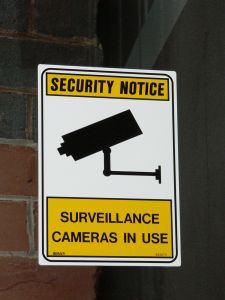Human CCTV System? Security operators are well aware that, when using closed circuit camera systems to monitor an environment with a high density of population, such as a stadium full of fans, it can be very difficult to identify suspicious movements that might endanger the safety of other viewers, such as the first signs of a fight or even a potential terrorist attack.
In order to improve efficiency in such situations, the German researchers at the Fraunhofer Institute are working on a system to be applied on CCTV cameras. This research project is part of a European program, called SEARISE (Smart Eyes: Attending and Recognizing Instances of Salient Events), aimed at maintaining security in such situations.
How a Human CCTV system works like the human eye?
Smart Eyes is made up of a fixed camera, two mobile stereo cameras, and most of all, of a software based on visual analysis capabilities of the human brain. The system analyzes the average scope of movement for each pixel in the image taken by the fixed camera, and adds this analysis to a database that is used to establish typical patterns of movement, which also includes the waving of flags in a stadium.
At this point, Smart Eyes is a human CCTV system is able to notice any unusual movements of the pixels, and the system is notified when something out of the ordinary pattern is happening. Thus, the mobile cameras are immediately used to zoom in on the area of interest, and operators can determine whether or not to intervene.
The superiority of CCTV system Smart Eyes towards the human eye lies in the fact that this system is able to monitor a wider area than we could possibly do, and of course, that the software is not subject to fatigue, distractions or temporary blinding caused by floodlights or sun.
